In electronic circuits, 470K ohm resistor is one of the common values use in various applications. In this blog post, we'll break down everything you need to know about the 470 K ohm resistors, from its types and tolerance to power ratings and practical uses.
3. 470K Ohm Resistor Color Code
5. Power Ratings of Resistor 470K Ohms
6. 470K Resistors Applications
8. Frequently Asked Questions [FAQ]
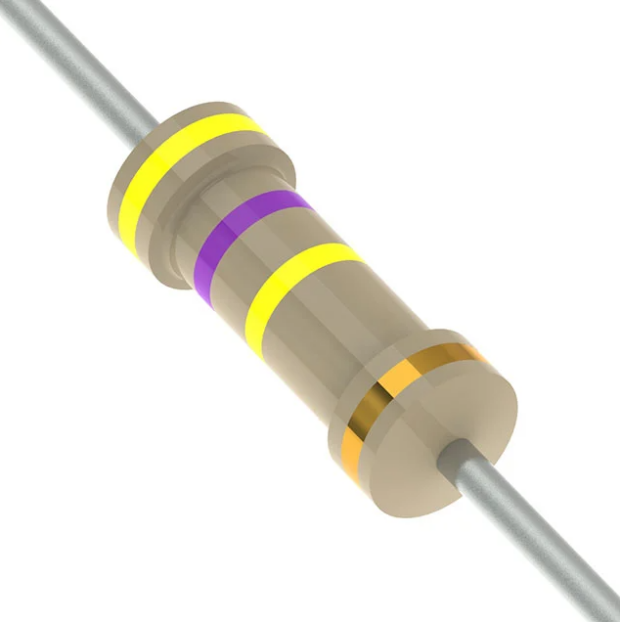
What is a 470K Resistor?
470K ohm resistor has a resistance value of 470,000 ohms, which makes it part of the "K" category in resistance value notation (K represents kilo-ohms). 470 K resistors often use to limit the current that flows through specific components, protect circuits, or adjust signal levels in electronic applications. The value of 470K Ω lies between moderate and high resistance, making it suitable for a variety of roles in both analog and digital circuits.
Types of 470K Ohm Resistor
Through-hole resistors are the traditional style. They have two leads (wires) that insert into holes drilled into a circuit board and then solder in place. These packages widely use in manual or small-scale soldering projects and are available in various package sizes.
Two primary types of through-hole packages are:
Carbon Film: Make by applying a thin layer of carbon-film on an insulating substrate. This film acts as the resistive element, and the value determine by the thickness and length of the film. Carbon film types are affordable and widely used for general-purpose applications. They are less precise than metal film types and generally have a higher tolerance (e.g., ±5% or ±10%). Are suitable for low-precision, high-volume applications such as power supplies, audio circuits, and simple amplifiers.
Metal Film: Manufactured by depositing a thin metal-film onto a ceramic substrate. This type offers greater precision and stability than carbon film types. They typically come with a much tighter tolerance (e.g., ±1% or ±0.5%) and lower noise, making them ideal for sensitive electronics where accuracy is critical. Use in high-performance circuits, signal processing, and precision instruments where require minimal resistance variation.
470K SMD Resistor
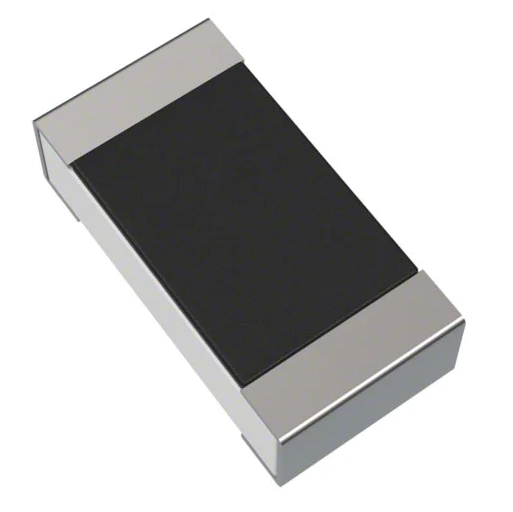
SMD (Surface-Mount Device) is compact size designed to solder directly onto the surface of a circuit board without the need for leads or holes. These the prefer choice for automated manufacturing processes as their small size and easy integration.
470 K SMD Resistors are available in various package sizes, each suited for different types of electronic designs. Common package sizes include 0402, 0603, 0805, and 1206. SMD packages are much smaller and lighter than through-hole type, allowing for high-density circuit designs. SMD is typically more cost-effective for mass production and tend to have lower tolerances (e.g., ±1%, ±5%) compared to their through-hole packages. Since they mount directly on the PCB surface, they are ideal for compact, high-performance electronic devices, including smartphones, computers, and wearables.
470K Ohm Resistor Color Code
The 470 K uses a standard colour coding for both 4-band and 5-band configurations. Here's a breakdown:
470 K 4-Band Colors
Band | Color | Meaning |
1st | Yellow | First-digit of value(4) |
2nd | Violet | Second-digit of value(7) |
3rd | Yellow | Multiplier (×10,000) |
4th | Gold | Tolerance (±5%) |
The first two bands (Yellow and Violet) represent the number 47.
The third band (Yellow) is the multiplier of 10,000, so 47 × 10,000 = 470,000 ohms.
The fourth-band (Gold) indicates the tolerance of ±5%, which means the actual resistance vary between 446,500 (5% lower) and 493,500 ohms (5% higher).
470K Resistor Color Code 5 Band
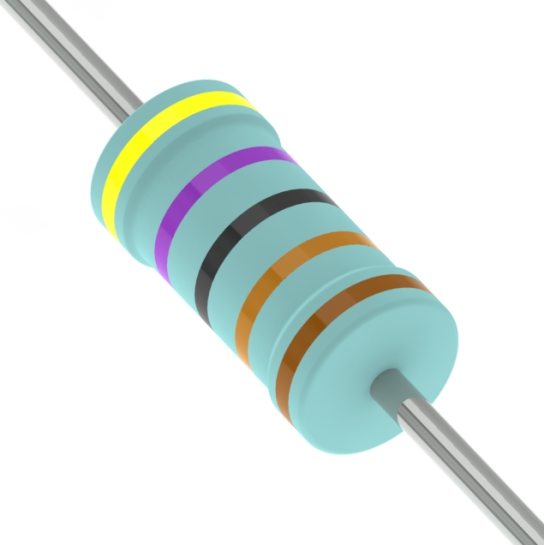
Band | Colour | Value |
1st | Yellow | First-digit (4) |
2nd | Violet | Second-digit (7) |
3rd | Black | Third-digit (0) |
4th | Orange | Multiplier (×1,000) |
5th | Brown | Tolerance (±1%) |
The first three bands (Yellow, Violet, Black) represent the number 470.
The fourth band (Orange) is the multiplier of 1,000 (10^3), so 470 × 1,000 = 470,000 Ω.
The fifth-band (Brown) indicates the tolerance of ±1%.
This colors code gives you a 470 K resistor with a ±1% tolerance.
Resistor 470K Tolerance
The tolerance indicates how much the actual resistance can vary from the nominal value of 470K-ohms:
Tolerance | Tolerance Range | Min Resistance | Max Resistance |
0.005% | Ultra-Precision | 469,976.5 | 470,023.5 |
0.05% | High Precision | 469,765 | 470,235 |
0.10% | Precision | 469,530 | 470,470 |
0.25% | Standard Precision | 468,250 | 471,750 |
0.50% | Standard Grade | 467,650 | 472,350 |
1% | General-Purpose | 465,300 | 474,700 |
2% | General Purpose | 460,600 | 479,400 |
5% | Standard Tolerance | 446,500 | 493,500 |
10% | Loose Tolerance | 423,000 | 517,000 |
20% | Loose-Tolerance | 376,000 | 564,000 |
Explanation:
A 470 K Ω with 0.005% tolerance offers ultra-precision for high-end instruments. 0.05% use in audio and scientific applications for stable, high precision. The 0.1% version is ideal for advanced analog circuits.
0.25% commonly use in high-precision projects, while 0.5% is good for standard applications. 1% suits general electronics like power supplies.
For budget circuits, a 2% resistor is ideal. 5% is common in bulk electronics. 10% use in basic, low-cost circuits. Finally, 20% is for inexpensive, low-precision applications.
Power Ratings of Resistor 470K Ohms
The wattage rating indicates the maximum amount of power it can safely dissipate without damaged. For a 470K resistor, the power ratings typically come in the following standard values:
1/8W (0.125W)
Small, low-power suitable for circuits with minimal power dissipation. Ideal for low-power circuits in signal processing, voltage dividers, and other electronic applications where generate minimal heat.
470K 1/4 Watt Resistor
Common for general-purpose applications, capable of handling moderate power dissipation. Use in standard electronic circuits, such as amplifiers, passive filters, and power supplies where power dissipation is still relatively low.
470K 1/2 Watt Resistor (0.5W)
Suitable for moderate power applications, handling slightly more power than the 1/4 watts. Common in standard electronic projects, power regulation circuits, and other applications where moderate heat dissipation is acceptable.
470K Ohm 1W Resistor
Resistor capable of handling higher power dissipation compared to smaller ratings, often use in high-current applications. Suitable for power supplies, voltage dividers in power circuits, and load resistors where dissipate higher energy.
Resistor 470K 2 Watt
Higher power rating, designed for use in power circuits requiring more heat dissipation. Use in heavy-duty power regulation circuits, audio amplifiers, and power supply applications that require increased power handling.
3W Resistor
High-power, capable of handling significant heat dissipation. Commonly use in high-power electronics, large signal processors, and high-current applications where dissipate substantial energy.
Summary, the watt ratings of a 470 K ohm depends on the circuit's power requirements. Lower power ratings such as 1/8W or 1/4W are suitable for signal-level applications, while higher rating like 1W, 2W, or 3W are better for power circuits where involve significant energy dissipation. Always select a circuit with a wattage rating that exceeds the power it will need to dissipate to avoid damage.
470K Resistors Applications
The 470 K Ω use in a range of electronic circuits. Some common applications include:
470K Resistor for Guitar
Commonly use in guitar circuits, particularly in the tone control and volume circuits. It helps shape the tonal response by affecting the frequency range of the guitar’s signal. In a typical guitar tone control circuit, the 470 K works alongside capacitors to filter high-frequency signals, allowing for adjustments in treble and midrange tones. Additionally, it can use in pickup wiring to affect the load on the pickups, influencing the output signal strength and tone. The 470 K resistor is especially useful for achieving a smoother, warmer tone with less high-end harshness in vintage-style setups.
In voltage divider circuits, can use in conjunction with other resistors to create a specific output voltage. This is useful for controlling voltage levels in analog circuits.
Use in signal processing circuits, such as amplifiers and filters, to adjust the impedance and maintain signal integrity.
Audio Circuits: In audio applications, can find 470K in tone control circuits or volume control sections. They help shape audio signals and provide resistance to control gain levels.
Biasing Transistors: Often use in biasing circuits for bipolar junction transistors (BJTs) or field-effect-transistors (FETs).
Commonly use as pull-up or pull-down resistors in digital circuits, ensuring set logic-pins or input-pins to a known voltage when not actively driven.
As its relatively high resistance, 470 K resistors use in high impedance applications, such as input stages of amplifiers, where draw minimal current.
470K Ohm Variable Resistor
A 470K variable resistor, also known as a potentiometer, is an adjustable type use to vary the resistance in a circuit. The 470 K value typically refers to the range of resistance the potentiometer can set to, allowing the user to adjust from 0 to 470K ohms.
Common Applications:
Tone Control: In audio circuits, particularly guitars, a 470 K variable resistor can use to adjust the tone by altering the resistance in the signal path, which changes the frequency response.
Volume Control: In many audio devices, including amplifiers and stereo equipment, use a 470K potentiometer for volume control, enabling the user to adjust the audio signal’s amplitude.
Signal Adjustment: Also use in circuits where the user needs to adjust voltage or signal levels, such as in oscillators, sensor circuits, and feedback loops.
By turning the knob or slider, the resistance value changes, thereby affecting the circuit’s performance or output, making the 470K ohm variable resistor an key tool for fine-tuning circuit behavior.
Frequently Asked Questions [FAQ]
What is 470K resistor price and where to buy?
The price of a 470 K ohms resistors varies depending on factors such as tolerance, type, and quantity. On average, they range from US$0.005 to US$0.05 each when purchased in bulk. You can buy them from electronic component retailers like Orwintech Electronics, often with discounts for bulk purchases.
What is alternative option for using 470K resistor?
An replacement to using a 470K ohm is to use a variable resistor (potentiometer), which allows for adjustable resistance. This is especially useful in applications like tone controls in audio circuits. For lower resistance needs, you can substitute a 220K resistor or 1M, but be sure to adjust the circuit design accordingly for accurate performance.
What color is a 470K resistor?
A 470 K ohm typically follows a 4-band colour code: Yellow (4), Violet (7), Yellow (10,000 multiplier), and Gold (tolerance of ±5%). For a 5 band code, it’s Yellow (4), Violet (7), Black (0), Orange (1,000 multiplier), and Brown (tolerance of ±1%). The exact color can vary slightly based on the manufacturer, but these are the common color bands for identifying a 470 K ohm.
What does k stand for on a resistor?
The "K" in a resistor's value represents a thousand. So, 470K means 470,000 ohms. The "K" is part of the metric system where "K" (kilo) use to denote a factor of 1000, making it easier to represent large values in a compact form. For example, a 1M resistor represents 1,000,000 ohms.
What is the value of a 470K resistor?
The values of 470 K is 470,000 ohms, which consider a high resistance value. 470K-ohm commonly use in voltage dividers, biasing circuits, and high-impedance applications. Its relatively high resistance makes it suitable for low-current applications where require minimal power dissipation, such as in signal processing or tone controls in audio circuits.
What is the power rating of a 470K ohm resistor?
The wattage of 470K-ohm can vary, but common ratings are 1/4W (0.25W), 1/2W (0.5W), or 1W (1 watt). Higher-power versions, such as 2W or 3W, are also available for circuits where require more power dissipation. The choice of power rating depends on the voltage and current in the circuit. For typical applications, a 1/4Watt or 1/2W is sufficient.
What resistor to drop 12V to 5V?
To drop 12V to 5V, you can use a voltage divider circuit with two resistors. The key is to choose circuit that will divide the voltage in the desired proportion. Typically, you can use a higher-value-resistor in series with a lower-value-resistor, and take the output from across the lower resistor. Another option for more stable voltage regulation, especially under varying loads, is to use a linear voltage regulator such as the 7805, which specifically design to output a steady 5V from a higher voltage like 12V.
With this comprehensive guide to the 470K ohm resistor, you should have a better understanding of its types, applications, and other key details. Whether you're building a guitar circuit, designing a signal processor, or simply replacing an old resistor, the 470K is a valuable component to have on hand.
Read More:
1. 4.7K Ohm Resistor: 4K7 A Complete Guide
HOT NEWS
The 0402 Resistor: A Comprehensive Guide
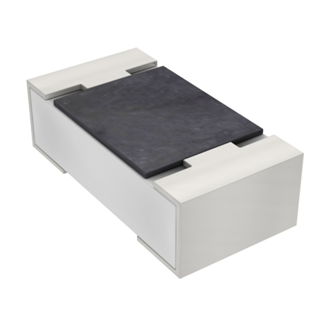
0402 Resistor
2025-05-06
What is 10k Ohm Resistor?
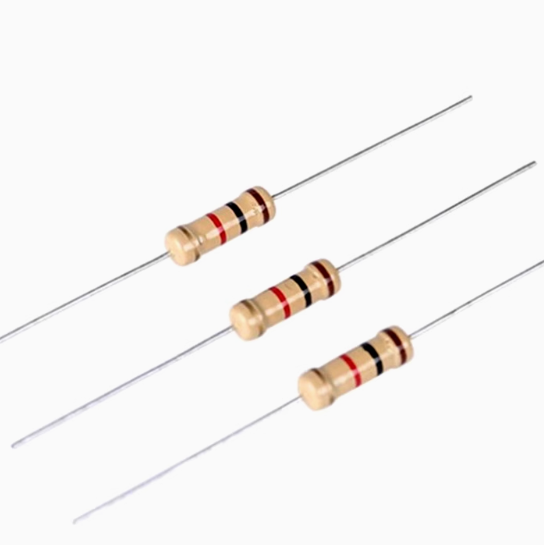
10k resistor 10k resistor color code
2025-05-14
Understanding A 0603 Resistor
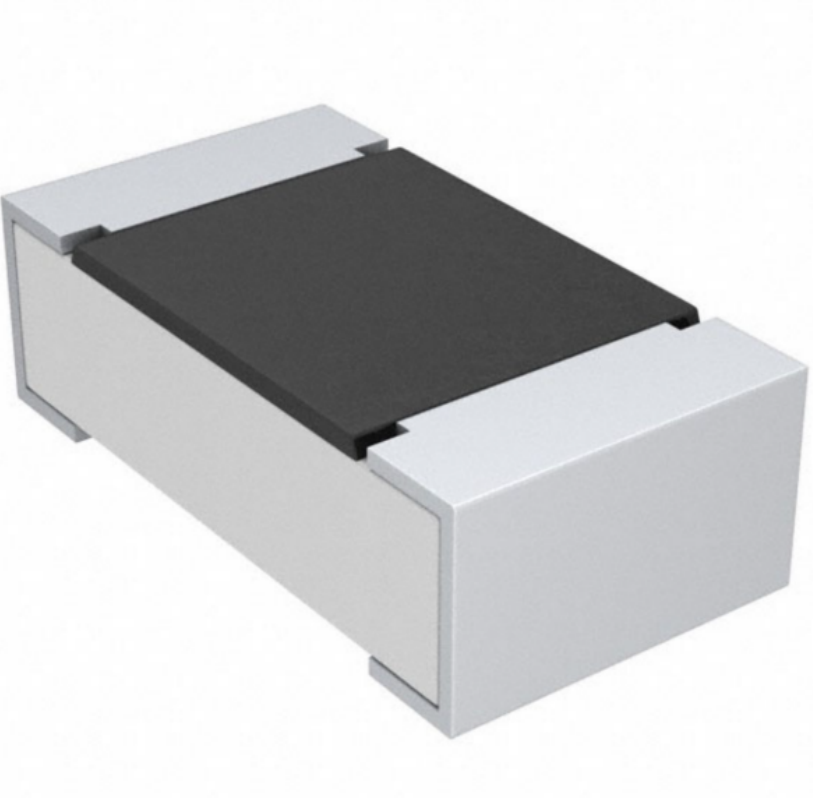
0603 resistor,dimensions,marking code, values
2025-05-29
Everything You Need To Know About ARE1309 Relay
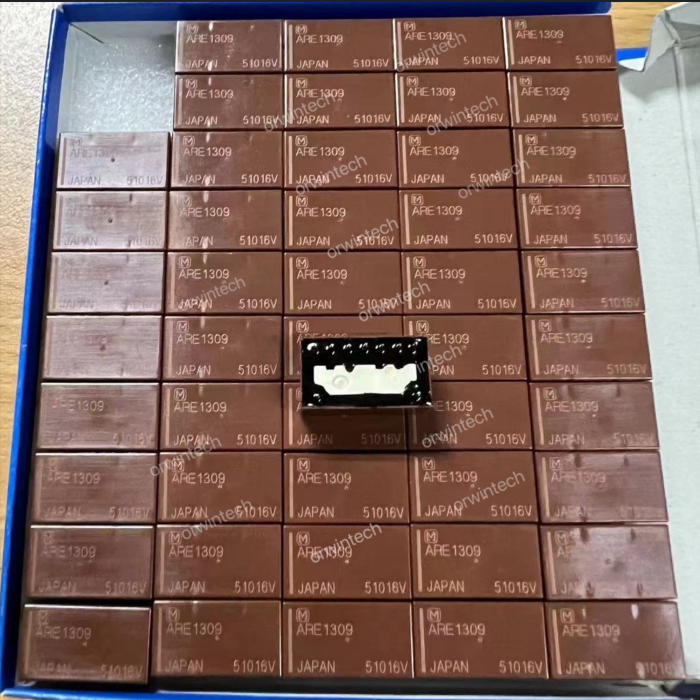
2025-04-23
What Is A 1206 Resistor?
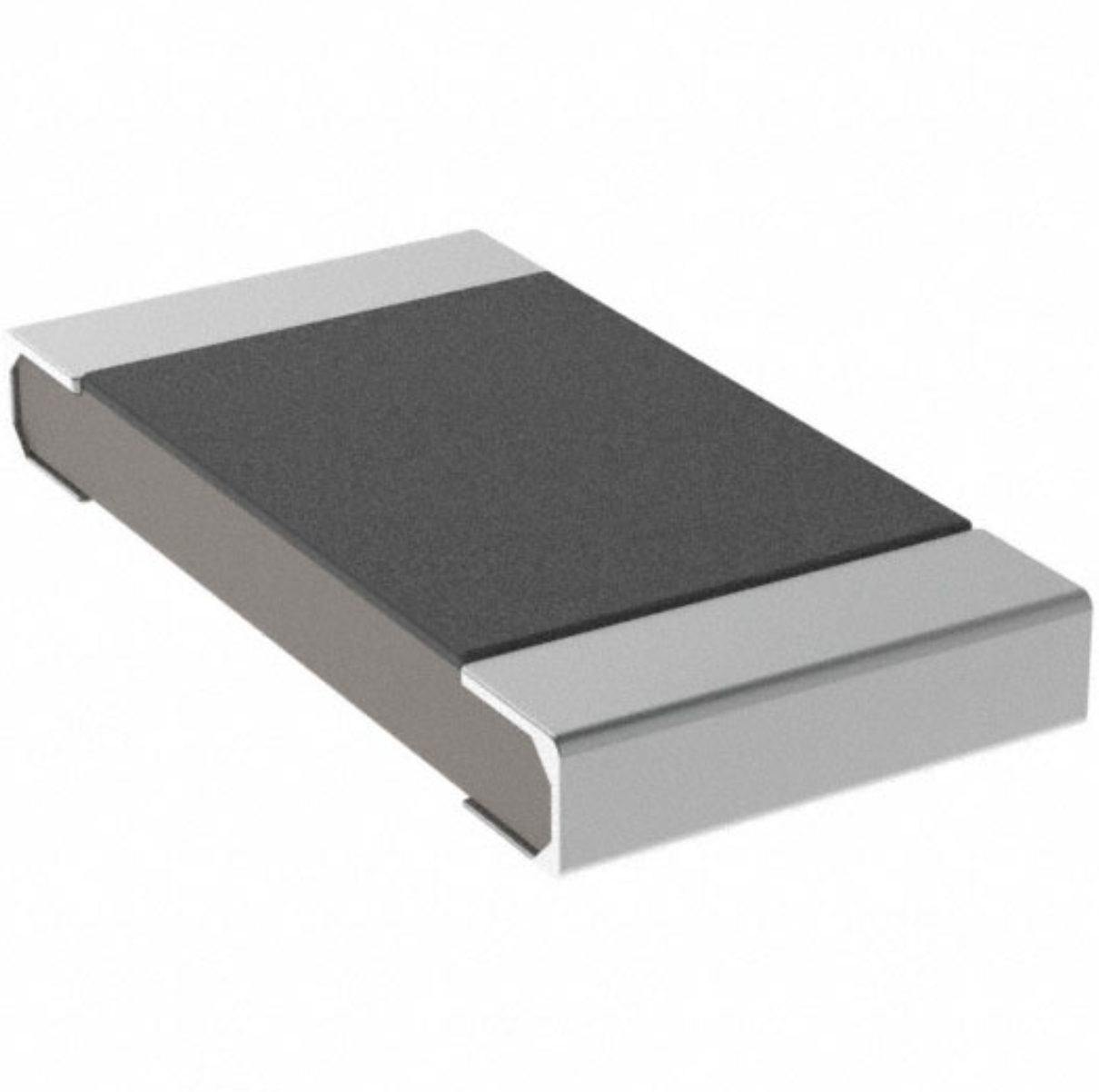
1206 resistor dimensions,footprint,value
2025-06-05
120 Ohm Resistor- Specifications, Applications, and Features

2025-05-12
What is 100 Ohm Resistor And Color Code?
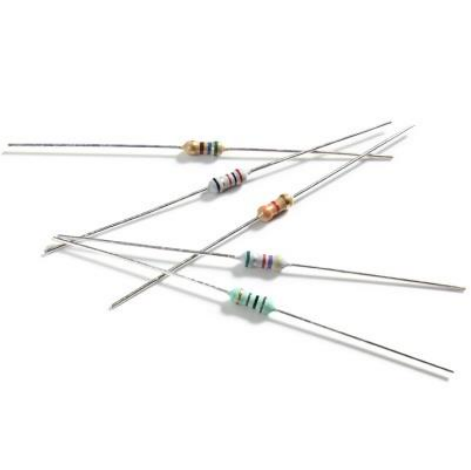
100 ohm resistor color code
2025-05-17
What Is The 1K Ohm Resistor?
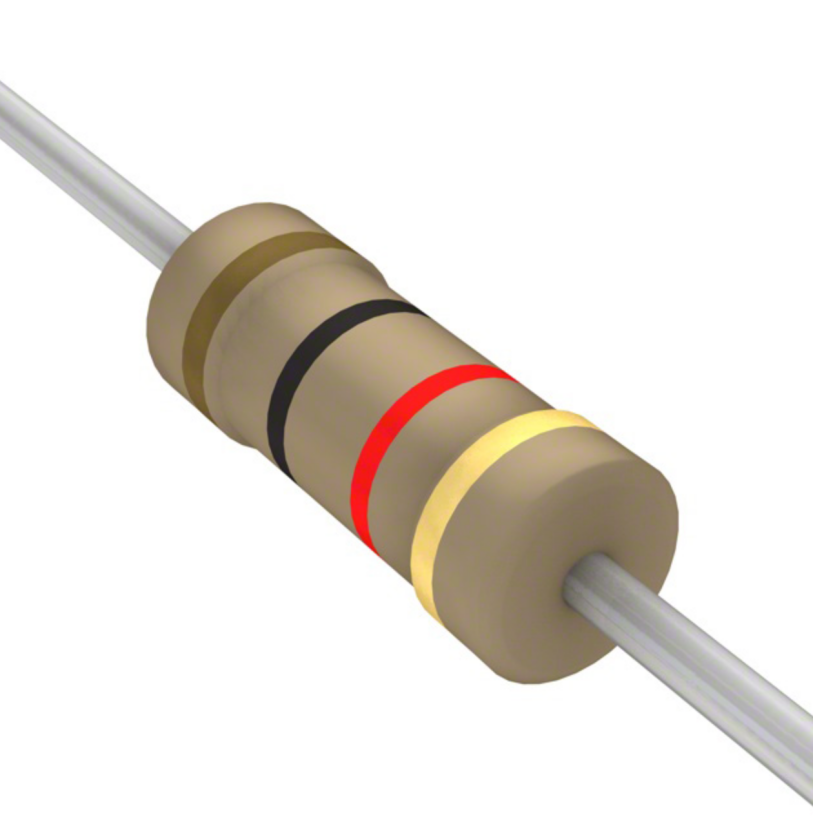
1k ohm resistor and color code
2025-05-21
What Is The 0805 Resistor?

0805 Resistor, dimensions, value, tolerance, footprint
2025-05-31
What Is A 0201 Resistor?

0201 Resistor dimensions, footprint,values
2025-05-24











 Product Catalog
Product Catalog





